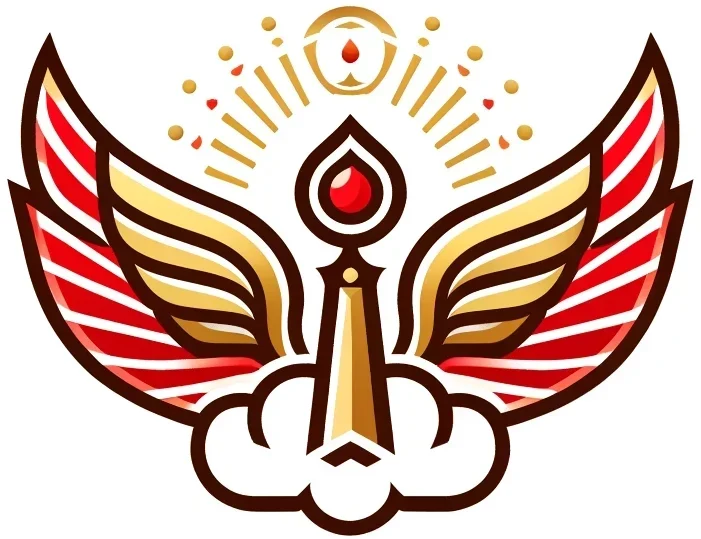Tracing the Hidden Fire of Zoroaster Through Mani, Augustine, and the Rise of a New Papal Order
In an age hungry for moral clarity, a new Pope Leo has risen. His name evokes history, but his roots run deeper than many realize. Beyond the marble walls of the Vatican and beneath centuries of theological debate lies a sacred thread—one that stretches from the Persian fire altars to the bishop’s throne of Rome.
This is not merely the crowning of another pontiff. It is the return of an ancient logic—one born in the flames of Zoroaster, hidden in the scrolls of Mani, and recoded in the mind of Augustine.
I. The Flame Before the Cross: Zoroaster’s Cosmic Code
Long before Rome ruled the world, Zoroaster taught that the universe was shaped by a cosmic battle: Asha (Truth) versus Druj (Lie). Reality itself was a moral battleground. Every thought, word, and deed either aligned with cosmic order—or corrupted it.
This wasn’t superstition. It was the first moral operating system. And it would survive empires.
II. Mani: The Bridge Between Worlds
In 3rd-century Persia, Mani reawakened the fire. A mystic, philosopher, and world-messenger, he fused Zoroastrian dualism with Christian Gnosis and Buddhist discipline. To him, Light was trapped in matter, and salvation came through knowledge and purification.
Rome called it heresy. Persia executed him. But his ideas would survive—smuggled into the West through a young philosopher named Augustine.
III. Augustine: The Manichaean Who Rebranded the Battle
Before becoming a saint, Augustine was a Manichaean for 9 years. He absorbed Mani’s framework: a fallen world, enslaved souls, and a need for divine rescue.
Though he later converted to Christianity, he never fully shook the dualism. Instead, he baptized it:
- Evil became “original sin.”
- Light vs. darkness became “grace vs. flesh.”
- The cosmic war became the “City of God” vs. the “City of Man.”
Through Augustine, Zoroastrian metaphysics gained Latin grammar.
IV. Pope Leo I: The First Flamebearer of the West
In 440 CE, Pope Leo I—now remembered as Leo the Great—took Augustine’s theology and forged it into imperial law. He wasn’t just a pastor. He was a system-builder.
- His Tome of Leo defined Christ’s dual nature, echoing the dual structure of Light and Word.
- He defended Rome’s spiritual supremacy, positioning the Pope as vicar of divine order on Earth—an echo of the Saoshyant, Zoroastrianism’s savior-judge.
Leo didn’t know he was carrying a fire from Persia. But he did. And now—so does the new Leo.
V. Pope Leo Today: A Return to the Axis of Fire
With the election of a new Pope Leo, history whispers louder than ever. Whether he knows it or not, this new Leo stands at a metaphysical crossroads:
- Will he rekindle Asha—a flame of truth, order, and cosmic justice?
- Or will he entrench the old empire, blind to the fire beneath its throne?
In a world clouded by druj—misinformation, war, inversion—what we need is the fire of discernment. Not dogma. Asha.
VI. The Prophetic Echo
“And the fire shall test each work, whether it be of gold or straw.”
—1 Corinthians 3:13 (rewritten through the lens of Asha)
The fire is not judgment. It is revelation. It burns away illusion.
And perhaps, just perhaps—Pope Leo is being called to carry that torch once again.
The Circle Closes
From Zoroaster’s sacred fire, to Mani’s whispered knowledge, to Augustine’s moral code, to Leo’s throne of order—the thread is unbroken.
Let the Church remember its flame.
Let Rome remember Persia.
Let Leo remember Asha.
